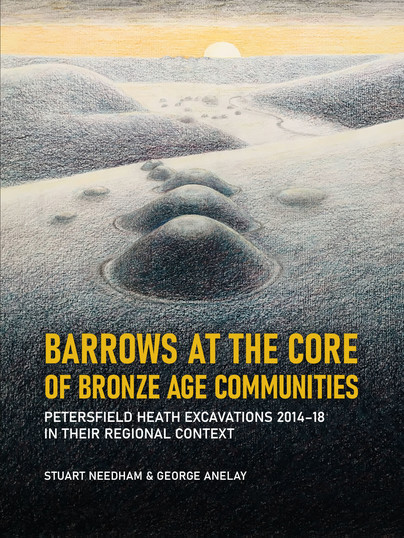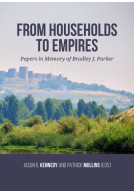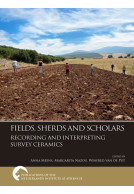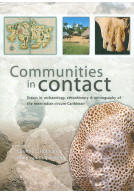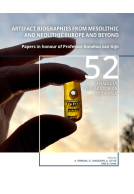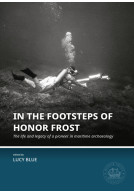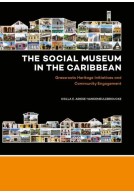Google Books previews are unavailable because you have chosen to turn off third party cookies for enhanced content. Visit our cookies page to review your cookie settings.
Barrows at the Core of Bronze Age Communities (Paperback)
Petersfield Heath Excavations 2014-18 in their Regional Context
Imprint: Sidestone Press
Pages: 680
Illustrations: 300fc / 280bw
ISBN: 9789464260434
Published: 15th December 2021
Script Academic & Professional
Pages: 680
Illustrations: 300fc / 280bw
ISBN: 9789464260434
Published: 15th December 2021
Script Academic & Professional
You'll be £115.00 closer to your next £10.00 credit when you purchase Barrows at the Core of Bronze Age Communities. What's this?
+£4.99 UK Delivery or free UK delivery if order is over £40
(click here for international delivery rates)
Need a currency converter? Check XE.com for live rates
(click here for international delivery rates)
Need a currency converter? Check XE.com for live rates
Barrows at the Core of Bronze Age Communities argues exactly that. Round barrows do not just represent the death side of Early Bronze Age communities placed in set-a-side ritual landscapes, but were instead central to existence in many ways. This study of the Rother Region, where the Weald meets the Wessex massif, reports the results of the People of the Heath project, 2014–18. It integrates a wealth of data from comprehensive field study of all relevant sites in the region with that from excavations into one of its major cemeteries – Petersfield Heath, Hampshire. Fourteen of 21 surviving barrows were sampled by excavation, one of the fullest records for such a cemetery in modern times. In addition to diverse burial rites, the site yielded a range of ‘other significant deposits’ and totally novel insights into the organic artefact repertoire thanks to mineral replacement.
There are substantial repercussions for the conventional classification of barrows and in this region the key difference between mound barrows and enclosure barrows is seen to have a socio-cultural background. This and other differences of approach to the siting and aggregation of barrows contribute to the reconstruction of 16 settled communities across the region. These emerge from a strong Mesolithic to Neolithic presence, the latter documented for the first time, and evidence including solstitial alignments suggests direct continuity to the Middle Bronze Age fieldscapes of the region.
This book is supported by a separate volume containing an extensive body of supplementary information and evaluation. Together they contain much new for those researching the period, early burial practices and the prehistoric occupation of the western Weald. They will also galvanise debates about variations in the character of barrowscapes across Britain and the place of the Wessex barrow foci.
Other titles in Sidestone Press...







